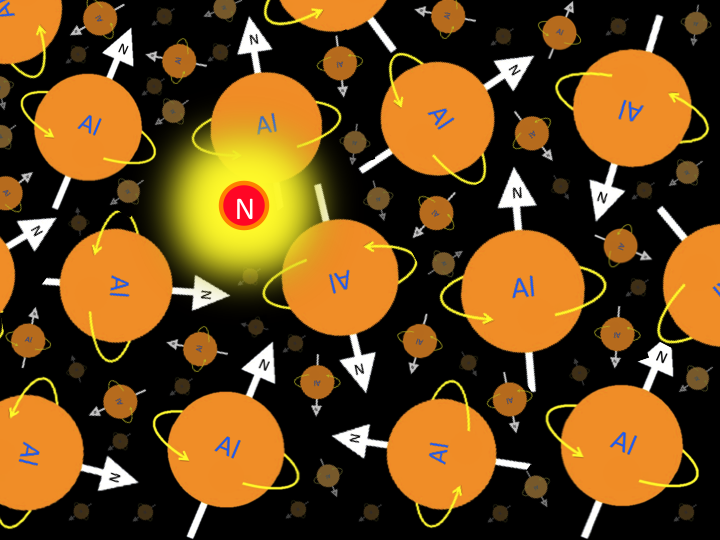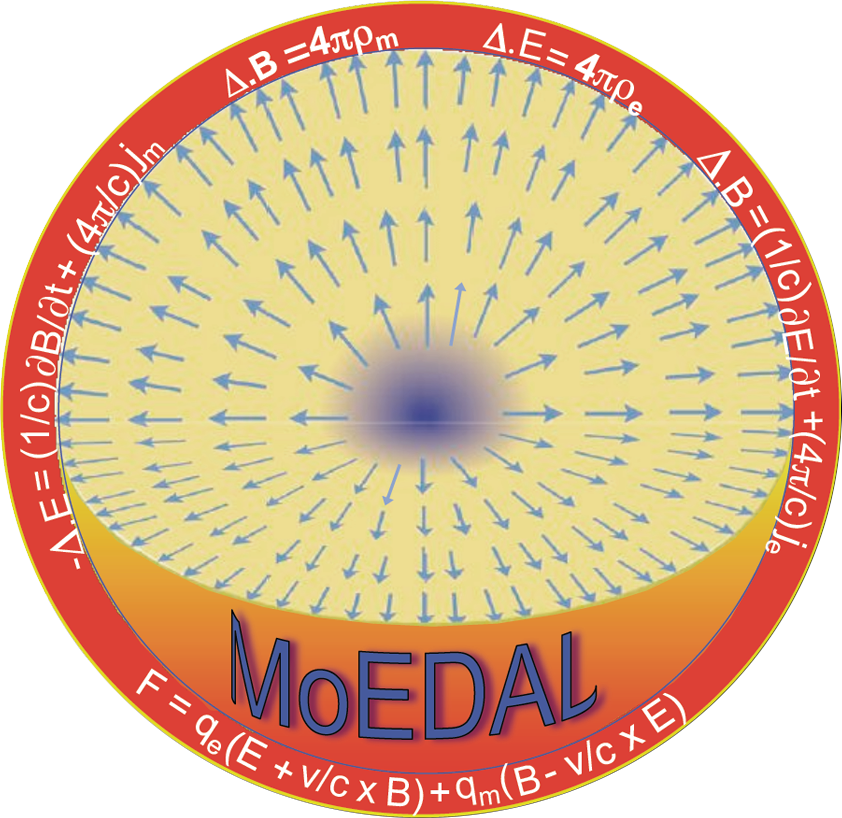The Magnetic Monopole Trapper is the newest sub-detector system to be added to the MoEDAL detector. The MMT detector consists of roughly 1 tonne of aluminium (Al) paramagnetic volumes placed at three points around the intersection point, IP8, that MoEDAL shares with the LHCb experiment. Al is has an enhanced capability to trap monopoles due to its anomalously large nuclear magnetic moment. A fraction of the massive HIPs created will stop and be captured in the Magnetic Monopole Trapping detector as illustrated in Figure 1. MoEDAL is the first experiment to use purpose-made trapping volumes to capture magnetic and electrically charged particles. The exposed monopole trapping volumes are monitored at the ETH Zurich SQUID facility for the presence of captured monopoles, a schematic description of the facility is given in Figure 2 (left). The use of SQUIDs to detect trapped magnetic charge has also been thoroughly tested in particle and astroparticle experiments where the search has been performed on "found" or alternate use objects (such as beam-pipes) on a "one-off" basis.
The signal for a magnetic monopole in the monopole trapping detectors at the ETH facility would be a sustained current – resulting from the passage of a monopole though the SQUID detector. Test solenoids are used to calibrate the response of the SQUID to a trapped monopole. Using test solenoids it was found that the SQUID can detect magnetic charges as small as 0.1g. A prototype trapping detector was exposed in 2012 to 0.75 fb-1 8 TeV centre-of-mass energy LHC beam collisions at IP8. No evidence for trapped monopoles was seen in subsequent SQUID scan of the exposed trapping volumes. The resulting mass reach for monopole production with a single Dirac (magnetic) charge (1gD) exceeds that presented in the recent ATLAS 8 TeV paper. However, mass-limits for the production of monopoles, with the higher charges 2gD and 3gD are the LHC’s first to date, and superior to those from previous collider experiments. Despite its relatively small solid-angle coverage and modest integrated luminosity, MoEDAL's prototype monopole trapping detector probed ranges of charge, mass and energy inaccessible to the other LHC experiments.

After the SQUID scan has been performed it is envisaged that the trapping volumes will be sent to SNOLAB – 2km underground – to be monitored for the decays of very long-lived electrically charged particles (τ > ~107 s). The MoEDAL search for very long-lived particles using a dedicated detector deployed deep underground has some advantages over searches carried out with the LHC GPEs. For example, MoEDAL has no trigger requirement and is thus can perform relatively model independent studies compared to searches with LHC’s GPEs. Also, there is relative absence of instrumental noise as well as non-existent background from high rate particle collisions and beam backgrounds. Importantly, the backgrounds from downward going cosmics in the SNOLAB monitoring setup are low compared to the LHC's GPEs, since SNOLAB is roughly 20 times deeper underground than the LHC. A final consideration is that the MoEDAL underground detector will monitor a known volume of material with tracking detectors as well as a liquid scintillator EM calorimeter. On the other hand, a particle trapped in a GPE at the LHC will generally have stopped anywhere in the calorimetry with a different detection environment in each case.
But, the ATLAS and CMS GPEs also have advantages compared to MoEDAL in this arena. For example, they have a significant larger mass in which to stop and trap charged very long lived HIPs and also a magnetic field to measure the momentum of their decay products. Also, many backgrounds affecting the detection of very long-lived particles in LHC’s GPEs would be removed if they were operated with no beams in the machine. However, practically, it is unlikely that the large GPEs would devote long periods of monitoring with the full detector on and taking data while the beam is off, in order to search for the decays of trapped particles - unless to verify a previous discovery in this arena. To date the GPE searches have only probed lifetimes up to roughly 1000s. MoEDAL should be able to explore substantially longer lifetimes.

